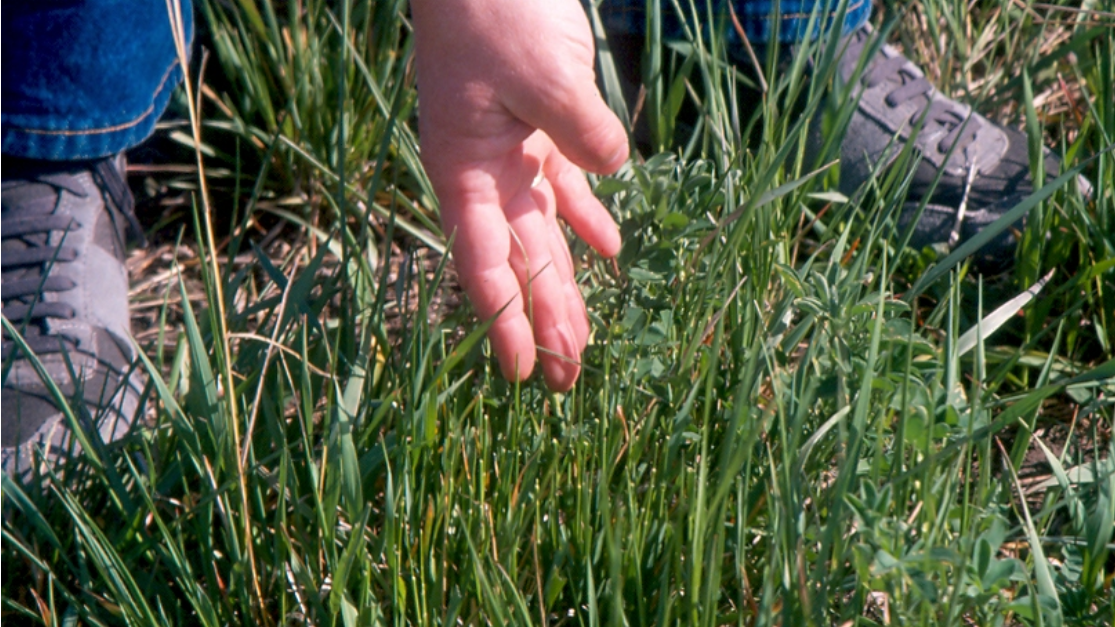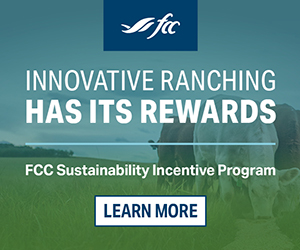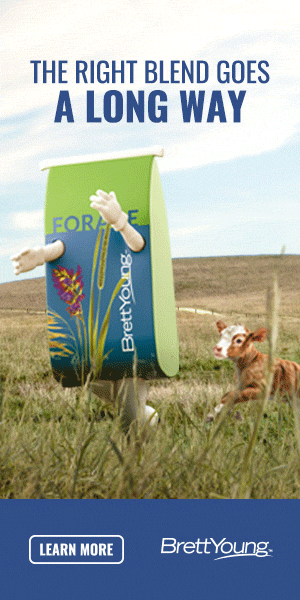AB Direct - Steers
Rail: ---
AB Direct - Heifers
Rail: ---
US Trade- Steers
Rail: ---
US Trade - Heifers
Rail: ---
Canadian Dollar
0.15

Plan now to secure winter feed supplies
ABP is excited to feature the writings of Barry Yaremcio, ruminant nutritionist and production management consultant. Barry is a trusted voice in cattle nutrition and forage production, operating Yaremcio Ag Consulting Ltd. This article was originally published on his BYOB Blog, which can be found on his website.
In many areas, soil moisture was lacking this spring. With little or no rainfall this growing season, pastures and hay lands are under stress and cannot produce an average crop.
Expectations of low hay yields and a short grazing season; planting extra acres to greenfeed or swath grazing is an option to have extra feed available. In order of drought tolerance, rye, and triticale – spring, fall, or winter have the highest potential. Barley and wheat are intermediate, and oats has the lowest drought tolerance. Also, annual millet is a very drought tolerant crop.
An advantage of seeding a winter or fall annual is the late season growth. These crops start to grow rapidly in mid August and continue to grow in September that will provide high quality forage going into winter. If left undisturbed, there is good potential for early spring growth that can be grazed well before pastures.
Cows in mid and late pregnancy can be maintained on a combination of hay, straw, grain, and supplement feeding program. It is not necessary to feed hay as the only ingredient. Use of by-product feeds such as wheat shorts, wheat mids, wheat or corn distillers’ grains or pea and lentil screenings as a protein supplement work well in a straw – grain ration. Oat hulls, cull potatoes, grain screenings, brewers’ grains, brewers’ mash are all good energy sources in cattle rations.
Plan ahead to secure feed supplies now to reduce feed costs. By-products are produced year-round. Summer typically is when demand is the lowest; therefore, prices are low. As fall approaches, demand increases and so do prices. For many products, supplies become limited towards fall and there could be a long wait before product is available.
By-product feeds and unusual feedstuffs have different nutrient profiles compared to hay or silage. Phosphorus content in some of the grain products are double or triple compared to the grains. Calcium and magnesium supplementation may need to be increased depending on what is being fed. It is possible that the standard 2:1 mineral will not be suitable in some rations and a feedlot type mineral with high calcium and minimal or no phosphorus is required. Feed testing or obtaining a feed test result is essential before the rations can be balanced.
For additional information on alternate feeds for cattle, contact Barry at 403-741-6032 or bjyaremcio@gmail.com.


